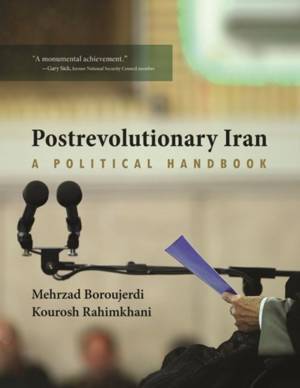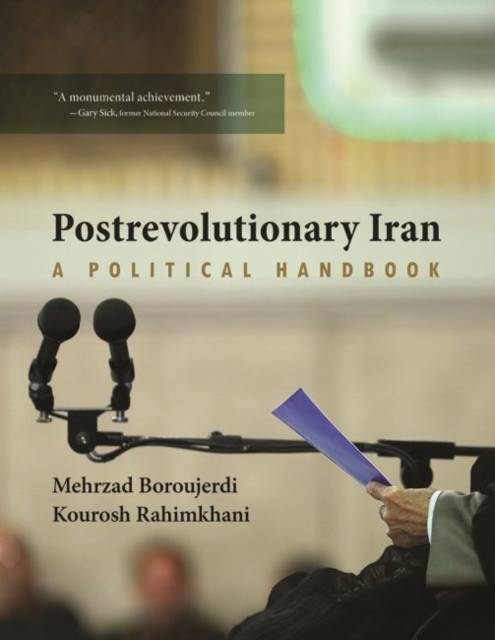
- Afhalen na 1 uur in een winkel met voorraad
- Gratis thuislevering in België vanaf € 30
- Ruim aanbod met 7 miljoen producten
- Afhalen na 1 uur in een winkel met voorraad
- Gratis thuislevering in België vanaf € 30
- Ruim aanbod met 7 miljoen producten
Postrevolutionary Iran
A Political Handbook
Mehrzad Boroujerdi, Kourosh RahimkhaniOmschrijving
The 1979 revolution fundamentally altered Iran's political landscape as a generation of inexperienced clerics who did not hail from the ranks of the upper class--and were not tainted by association with the old regime--came to power. The actions and intentions of these truculent new leaders and their lay allies caused major international concern. Meanwhile, Iran's domestic and foreign policy and its nuclear program have loomed large in daily news coverage. Despite global consternation, however, our knowledge about Iran's political elite remains skeletal. Nearly four decades after the clergy became the state elite par excellence, there has been no empirical study of the recruitment, composition, and circulation of the Iranian ruling members after 1979.
Postrevolutionary Iran: A Political Handbook provides the most comprehensive collection of data on political life in postrevolutionary Iran, including coverage of 36 national elections, more than 400 legal and outlawed political organizations, and family ties among the elite. It provides biographical sketches of more than 2,300 political personalities ranging from cabinet ministers and parliament deputies to clerical, judicial, and military leaders, much of this information previously unavailable in English. Providing a cartography of the complex structure of power in postrevolutionary Iran, this volume offers a window not only into the immediate years before and after the Iranian Revolution but also into what has happened during the last four turbulent decades. This volume and the data it contains will be invaluable to policymakers, researchers, and scholars of the Middle East alike.Specificaties
Betrokkenen
- Auteur(s):
- Uitgeverij:
Inhoud
- Aantal bladzijden:
- 896
- Taal:
- Engels
Eigenschappen
- Productcode (EAN):
- 9780815635741
- Verschijningsdatum:
- 5/06/2018
- Uitvoering:
- Hardcover
- Formaat:
- Genaaid
- Afmetingen:
- 213 mm x 294 mm
- Gewicht:
- 2272 g

Alleen bij Standaard Boekhandel
Beoordelingen
We publiceren alleen reviews die voldoen aan de voorwaarden voor reviews. Bekijk onze voorwaarden voor reviews.











